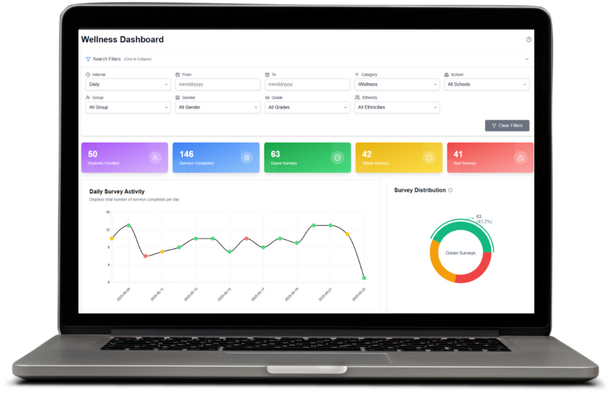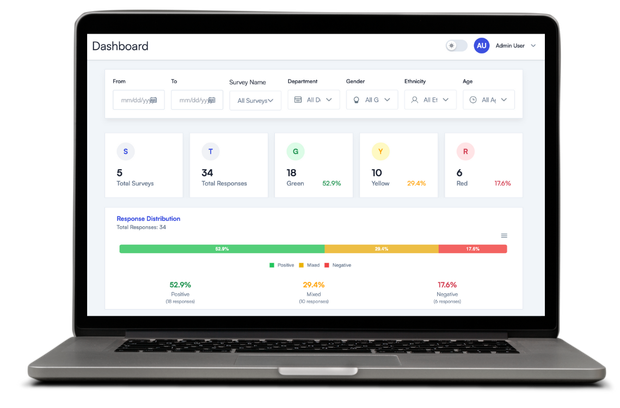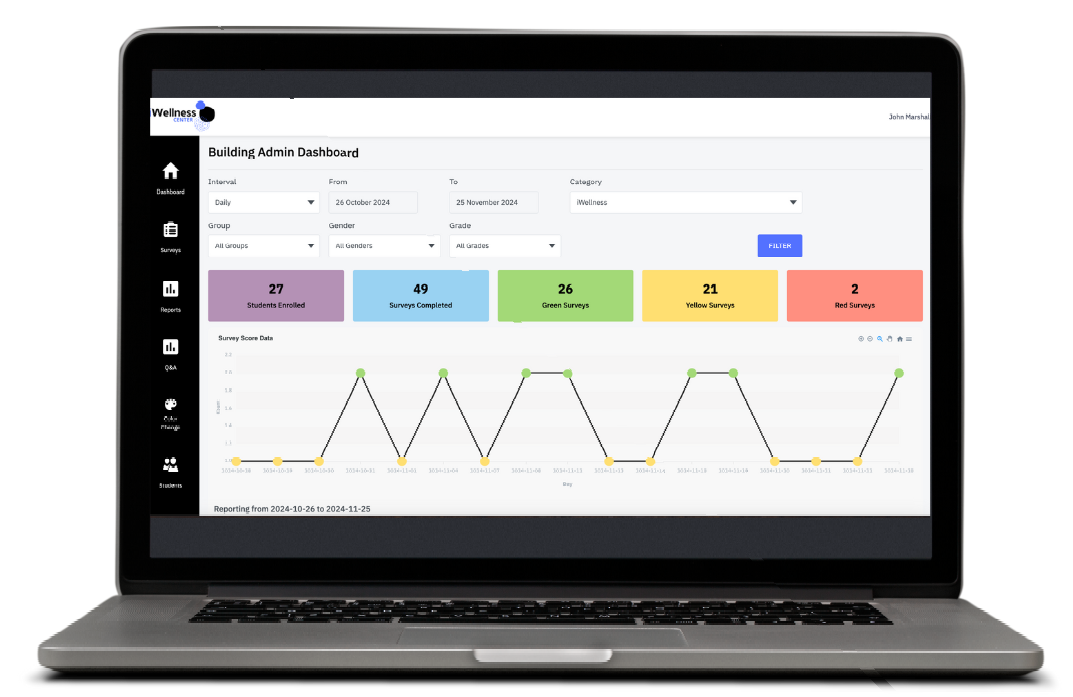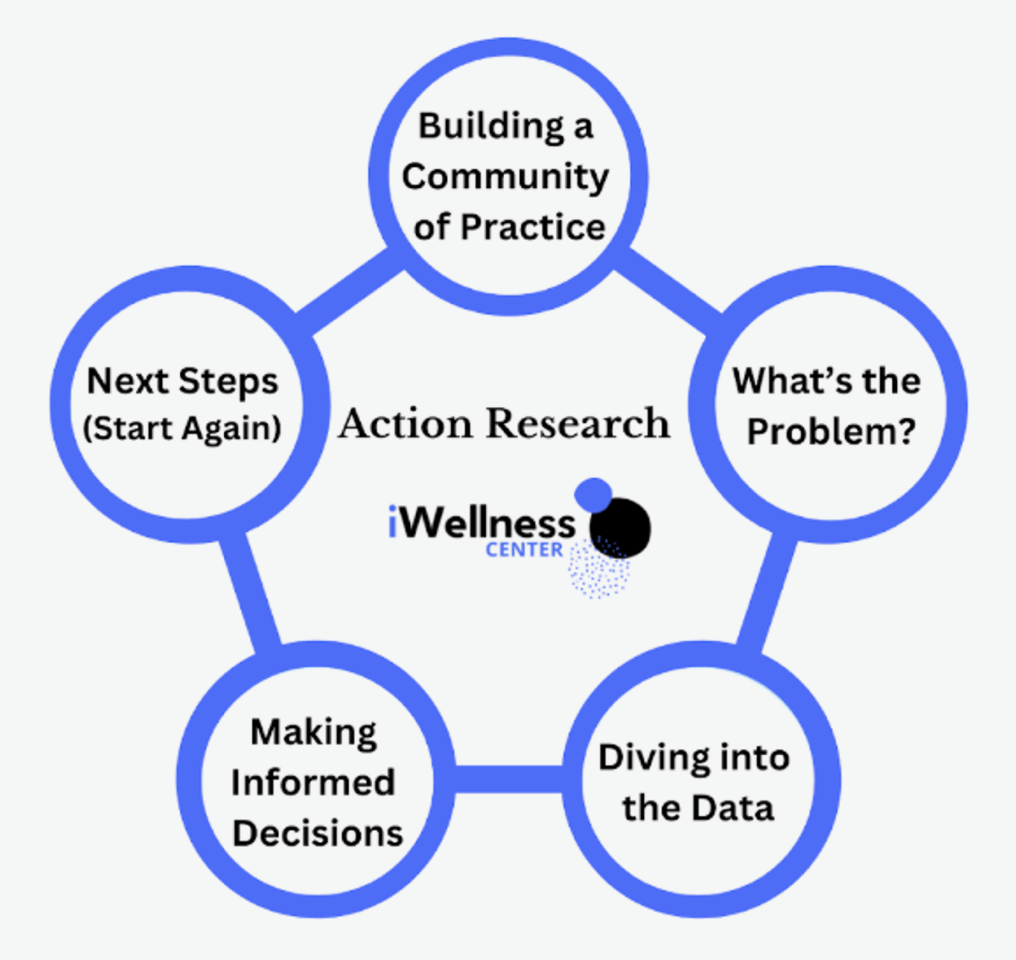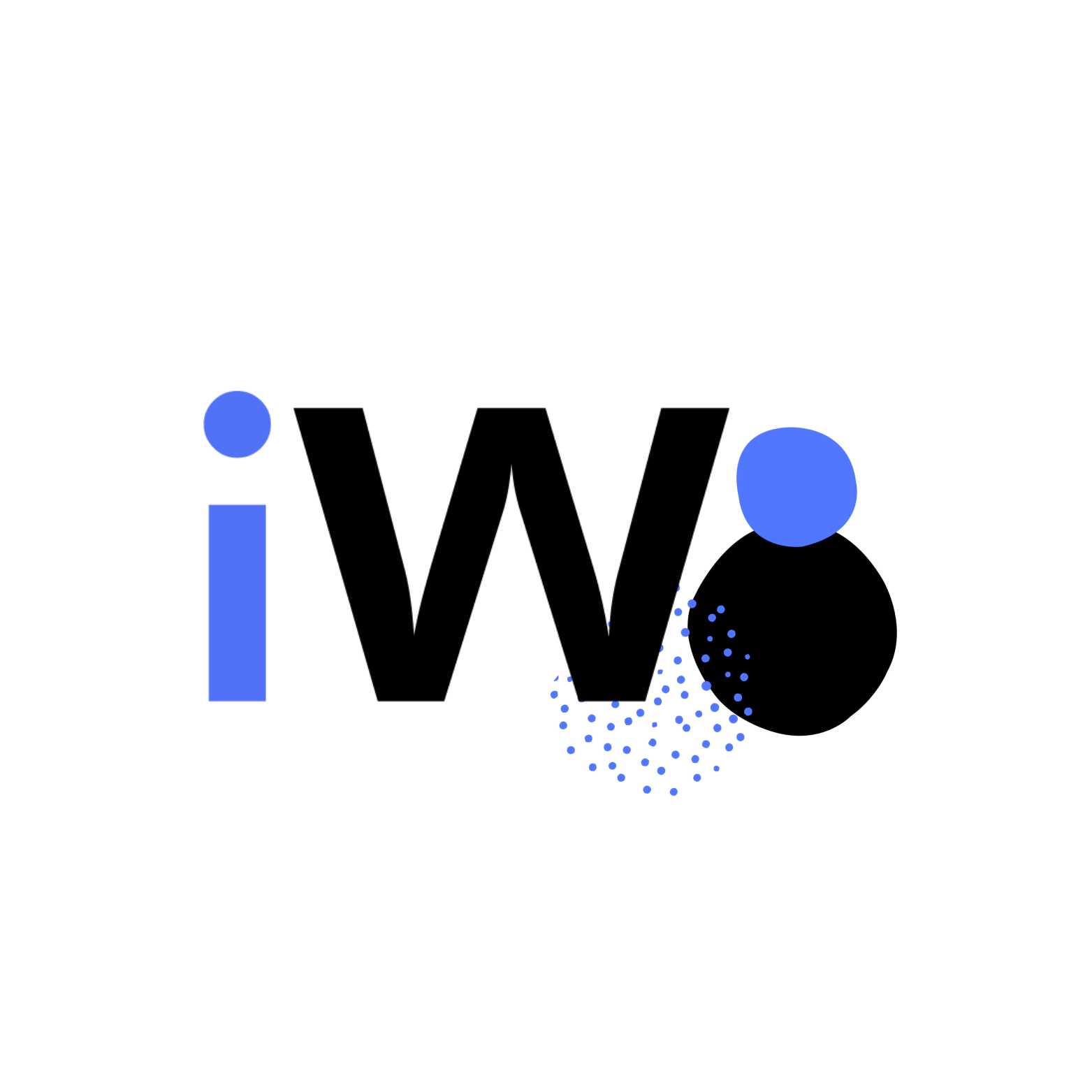By Craig Mertler
•
February 24, 2025
Data-driven—or data-informed—decision-making has become the norm in educational institutions, at virtually all levels. As professional educators—whether we are talking about teachers, administrators, counselors, social workers, or any other position in the broad field of education—we have learned to rely on data to help us make good, sound decisions for the ultimate benefit of the students under our charge. Data have become a critical component in the daily work of professional educators. However, the quality of our decisions is directly related to the quality of the data that we collect. If we gather data of poor quality, we unfortunately must assume that the decisions based on those data will be equally poor. In contrast, if we collect high-quality data—and do so in a consistent manner—then we can have a much greater level of confidence in the decisions that we make. These fundamental qualities of data are formally referred to as validity and reliability. In essence, validity refers to the accuracy of the data that we collect. In other words, are the data that we are collecting accurately providing information that we are hoping to gather on student wellness? Reliability refers to the consistency of the data that we collect. In this case, we want to make sure that the data that we collect are as stable as possible over time. At iWellness Center, we are often asked about the quality of the check-in data provided by students. Through processes that we have incorporated into our platform, we have a great deal of confidence in the accuracy and consistency of the student check-in data that we gather. First, with respect to validity (or the accuracy of our data), the questions that we ask student in their regular check-in’s have been vetted by professional educators from various professional roles. Our items have been reviewed and revised by highly qualified individuals, including teachers, building administrators, school counselors, school psychologists, and social workers. They have offered their professional opinions and feedback not only on the focus of each of the questions that we ask students, but also on the precise wording of those questions. Additionally, this is an ongoing process and iWellness Center. As we continue to add more questions within the various areas that we assess, we continue to seek input from professionals in the field. Second, with respect to reliability (or the consistency of our data), we ensure that our data are consistent through frequent and continuous check-in’s from students. One of the best ways to establish consistency in data is through frequent and repeated measurements. Other platforms that attempt to assess student mental health and wellness will only gather data from students twice a year—once in the fall (shortly after the beginning of the school year) and again in late spring. They only provide two data points across an entire academic year upon which to base decisions. At iWellness Center, most of our school partners schedule check-in’s to occur every week or biweekly throughout an entire academic year. Even if schools were only to schedule biweekly check-in’s, that would amount to nearly 20 data points throughout the year. For schools who do check-in’s each week, that number doubles. We believe that, to obtain accurate and consistent measures of students’ mental health and wellness, the best data will result from frequent and regular check-in’s. Many of our school partners have voiced their preference for student data collected more frequently throughout the year. At iWellness Center, this is the bottom line for us: We believe very strongly in the knowledge that, if we provide opportunities for students to check-in on a regular and frequent basis throughout the entire academic year, the data that we will gather from them will be accurate and consistent. This only helps the professional educators working with those students to make accurate and informed decisions about interventions or strategies to address their mental health and wellness needs.
